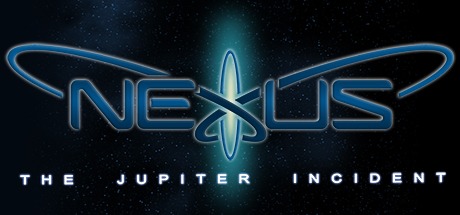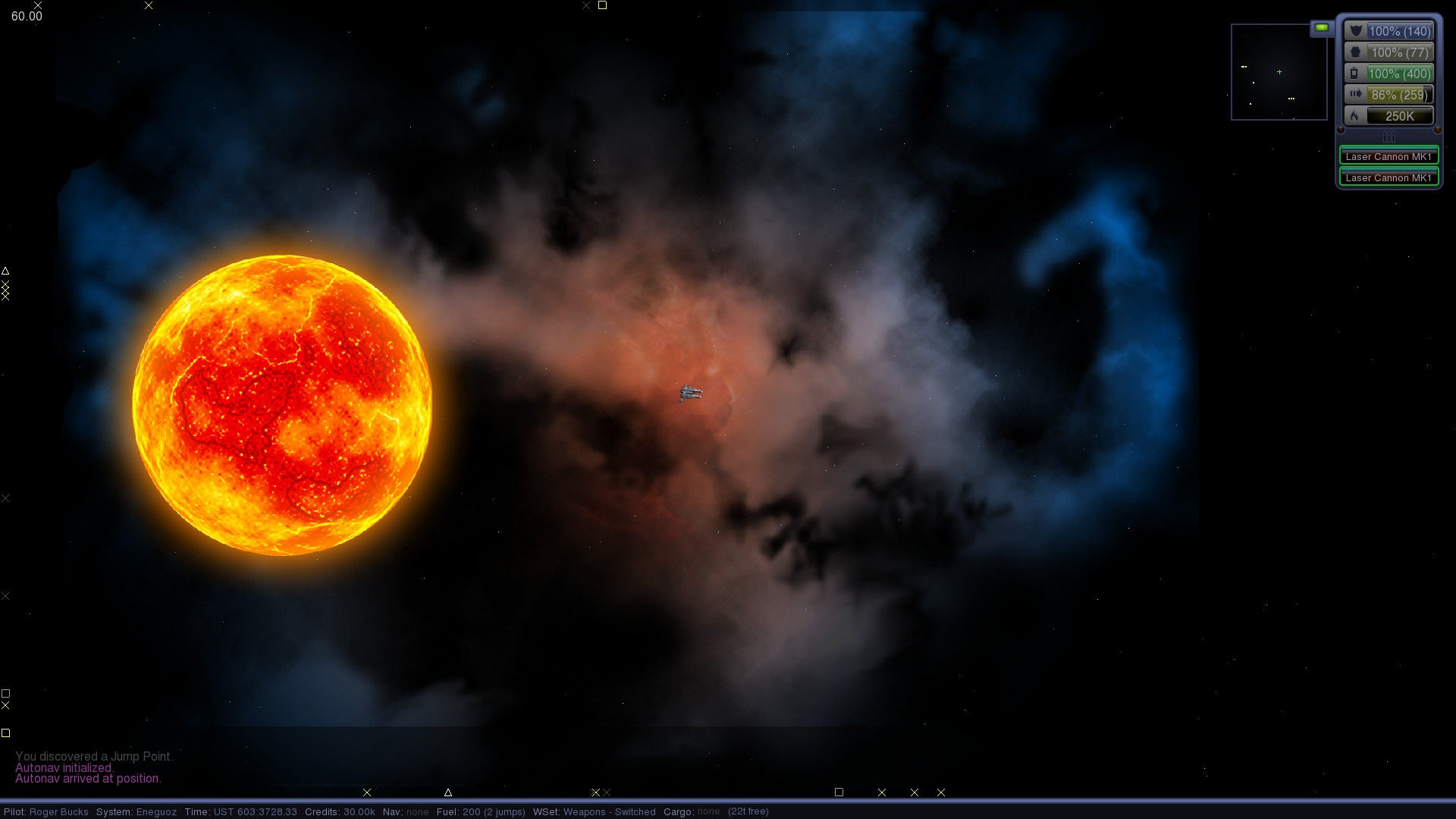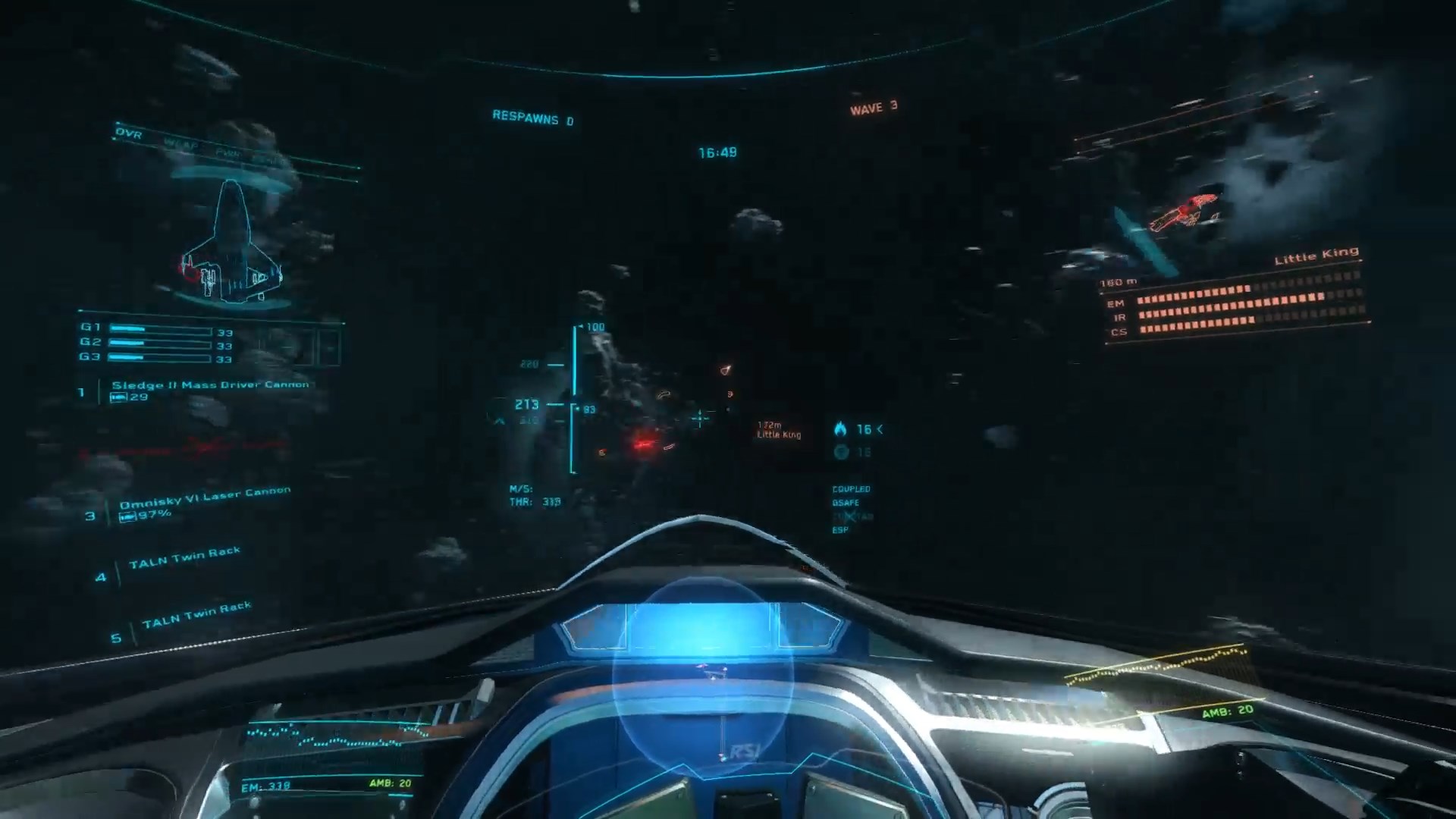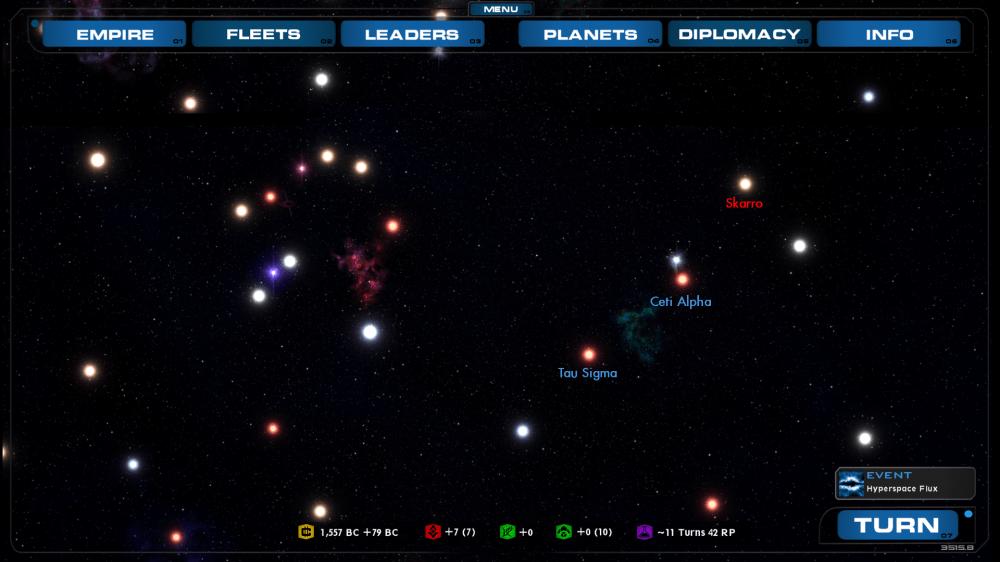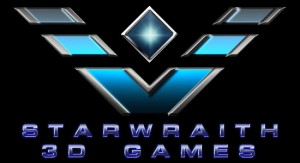
I’ve been a fan of the Star Wraith games and all of its follow ups since the original game was released in 2000 (you can read my ancient review of the game here). Little did I know at the time that the game’s creator, Shawn of Star Wraith 3D Games, had been creating space games since the late 1980’s.
As both a fan of Shawn’s games and a fan of the genre we both have been part of for over two decades now, I decided to send Shawn some questions about his games and the genre we both love so much. Click below to read part one of the interview in which Shawn discusses his background, the philosophies that go into his game, his creative process and more.
Brian: First, before we jump into the topic of space sims, could you tell us a little about yourself, such as who you are, what your hobbies are, what you do for a living and so on?
Shawn: I’m a sci-fi and space-sim geek, err, enthusiast who enjoys watching (good) sci-fi movies, playing PC games, studying theology, martial arts, firearms, and performance driving. PC game development is my (beyond) full time job.
Brian: What inspired you to create your first space sims in the late 80s, and what can you tell us about your first projects?
Shawn: I’d attribute my inspiration mostly to an unhealthy level of interest in sci-fi during my youth. Coupled with my interest in all things space related and computer programming, combining it all was probably a predictable direction for me to go. My first projects were mostly research efforts to familiarize myself with different coding options, technologies, graphics techniques, and control systems. By the late 80s, I had pretty much settled on the directions I wanted to go in those areas and finished a mission based first person perspective space-sim.
Brian: What are some of your design philosophies that you have retained throughout all of your games?
Shawn: I’ve always wanted to include a sense of ‘pilot’ and ‘simulation’ realism more than guns-n-powerups. So my games have generally provided a simulation feel for what it would be like to control a complex machine in the zero gravity environment of space. While my early efforts were certainly more simple and arcade like, they still incorporated a degree of situational awareness through the use of detailed information presentation (HUD, cockpit, radar, etc) and advanced control/weapon options. The player could use these systems to plan several steps ahead and develop tactics/strategies beyond just turning, pointing, and shooting.
Brian: What can you tell our readers about your current games, the Evochron combat and trading games?
Shawn: Evochron has been a persistently expanding game. One of my main goals for the series has been to continually build and improve on it. So the latest Evochron available today is the culmination of many years of development and it’s my hope to continue to improve the game, making it bigger and better based on player feedback and design objectives I have planned.
If you enjoy combat, exploration, trading, or even racing and mining in space with a focus on freeform gameplay, then you’ll likely have fun with Evochron. Also, check back from time to time as a feature or option you might be interested could be added in a future update. The Evochron available today is certainly much bigger and very different from the Evochron of a few years ago and it’s my objective to continue that progress.
Brian: What are some of the unique challenges involved in making a space sim compared to creating other types of games?
Shawn: Some space-sims can be relatively easy to make. The environment is often just a wallpaper globe background with objects placed inside, resulting in an environment that’s pretty easy to set up without a lot of the challenges inherent in a terrain and/or character based game. The controls can also be very basic, with some ‘space games’ not even utilizing the full 3D nature of space. The developer can focus on the ship models, artwork, sound/music, and special effects.
However, for a space-sim like Evochron where the controls are designed to provide full freedom of movement and also be configurable (including variable input) for all six directions and rotations combined with an environment that is designed to be accessible, interactive, and include realistic physics, the challenges make a steep climb. There are many levels of detail, functionality, and control that need to be accounted for. It’s taken many years in some cases to develop and fine tune the systems for those various elements.
Some of the more difficult challenges include developing ways to efficiently manage navigation in a truly open environment, balancing visual presentation with the interactive functionality of the environment (such as seamless planet descents, nebulae entrance/exit, resource recovery, asteroid cave systems, planet rings, asteroid fields, clouds, plants, player-controlled station docking, etc), combat and control systems utilizing realistic zero gravity physics, and diverse gameplay options designed to integrate well with all of it and offer variety in a freeform game. It’s a dynamic formula that has been (and will likely continue to be) tuned, tweaked, changed, and improved upon.
Brian: What kind of creative process do you use in making each new game?
Shawn: Sometimes I just sit down and write out ideas on my ‘list’ (members of my forum probably know what I’m referring to :-) I put a dash next to them, then I might write code to try out a few of the ideas to see how they work in a game. If they work, adding to the game’s design goals and fun factor, then I’ll likely implement the idea fully and fine tune it as I go. If the idea is incorporated into the game, the dash gets a check and the option, feature, or change becomes part of the game. A big part of my creative process involves this kind of concept-to-prototype trial and error.
I also like to watch sci-fi movies from time to time, which can help get me back in the mood to code and create models, textures, sounds, etc.
Join us tomorrow for part two of the interview, in which Shawn talks about the demise of the space sim genre and more. Thanks for reading!
